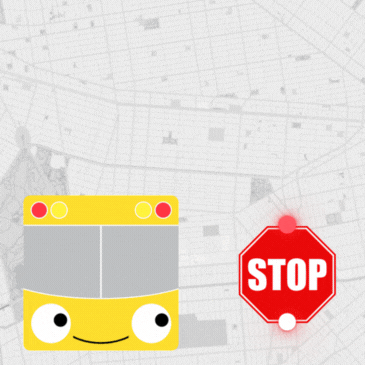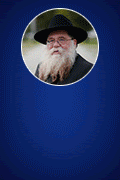The event that took place in a New Haven cemetery Wednesday occurs so infrequently, if ever, in the life of a Jew that the spiritual leader of the Hebrew Congregation of Woodmont had to seek counsel on how to conduct the memorial burial of religious objects.
Congregation Buries Sacred Books Destroyed in Blaze
The event that took place in a New Haven cemetery Wednesday occurs so infrequently, if ever, in the life of a Jew that the spiritual leader of the Hebrew Congregation of Woodmont had to seek counsel on how to conduct the memorial burial of religious objects.
Rabbi Schneur Wilhelm consulted his own rabbi before presiding over the burial of more than 50 boxes of religious items, including tallit — or prayer shawls — and about 700 books, at Beth Israel Cemetery on Fitch Street in the Westville section of New Haven. All of the items were damaged beyond repair by a fire that broke out in the congregation’s synagogue in Milford on Sunday.
The house of worship, which dates back to 1926, was badly damaged. Only its Torahs were rescued from the flames.
“You’re not supposed to burn or destroy them. They have to be buried,” John Hogan, of Robert E. Shure Funeral Home in New Haven , which helped to organize the burial, said sacred items destroyed in the fire.
“I’m almost 67 years old. I’ve never seen this before in my life. I know about it, but this is the first time I’ve been a part of it,” congregation President Joel Levitz said. He said some of the damaged books were newer, but many were old and carried emotional connections to the congregation.
“Some of the stuff that was older, maybe people who come to service, their grandfather may have used the same book,” Levitz said.
“This is something we do out of respect, because they can no longer be used but we don’t discard them,” Wilhelm said.
Among the items he watched being placed in the ground were shofars, two curtains — one for day-to-day and one for the High Holy Days, that covered the ark which holds the torahs and a special cloth that’s placed over a table from which the torah is read.
“Unfortunately, pretty much any religious article that we had in the synagogue other than, thank God, our torahs. It’s as if there was a fireproof wall protecting them. The curtains covering the ark are gone, but the torahs just behind a wooden door were saved. There’s some damage, but very minimal,” he said. The torahs date back to the synagogue’s founding in the mid-1920s.
Wilhelm and about 20 members of the Woodmont congregation gathered around the 4-by-9-foot wide, 8-foot deep hole reciting prayers before several men shoveled dirt over the items. Wilhelm’s wife, Chanie, read a poem she wrote the night before, inspired by this week’s blow to the congregation. Levitz recited the mourners’ prayer, or kaddish. Those gathered read Psalm 79 together, the message of which might seem strange to those unfamiliar with the Jewish faith.
“There is no particular prayer for this specific process, but we chose a prayer that praises God for the destruction of the temple,” Wilhelm said, adding that most people would think that doesn’t make sense.
“The answer is that we thank God that the destruction took place in the brick and mortar of the building and not in the human being, and that’s why we specifically chose this psalm. Speaking to the fire investigator yesterday, he told me it started from a little, loose screw in an outlet … The origin of the fire was not far from the ark, and if you think about the time that the fire started — the fire started just before 9:30 (a.m.). That’s when we start services,” he said.
In the last month, the congregation has celebrated Rosh Hashana, Yom Kippur and Sukkot, three important holy days on the Jewish calendar.
“We had so many services, so it’s a pure miracle that it happened when no one was in the building,” Wilhelm said.
Among those who attended the burial was a group of 10 young males of about bar mitzvah age, called a minyan, which is an important component of such a burial. Wilhelm tied the presence of the young people at the memorial to the continuation of the synagogue and the purchase of new books to replace the damaged ones.
“The kids are the future. They’re the new books,” Wilhelm said.
Ira Schwartz, of Milford , a member of the congregation, said he felt it was important for him to attend the burial “because it’s closure with the whole tragedy. From here on it’s nothing but better things.”














???
why are they putting seforim that look perfectly ok, into the grave??
Fire Man III
They smell like smoke!!!
Henry
to number 1: smoke damage
A shod of mame-loshn
I hope they didn’t get rid of that Yiddish sign!
That is a great piece of history right there..
If someone knows anything about it…please post info here. I would be interested in buying it.
yosi
to #4
you can moshie’s supermarket about the sign. I see it is packed in there boxes